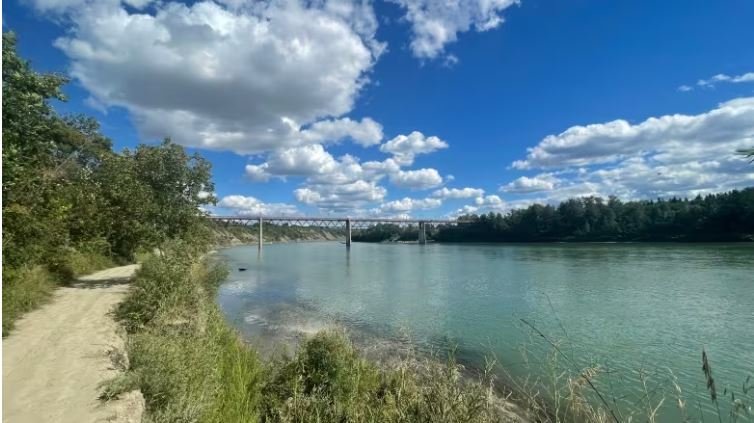If you drive the Icefields Parkway through the Canadian Rockies, you'll pass multiple turquoise-coloured lakes that are popular with tourists for taking photos. The lakes get their iconic colour from rock flour, which is similar in appearance to baker's flour used for making bread. Rock flour is made from glaciers grinding rocks into powder, which can take thousands of years.
How the health of a river is influenced by what's happening on land
For some residents of northern Alberta and Saskatchewan, the North Saskatchewan River is nothing more than a flowing body of water that starts at the Saskatchewan Glacier in Banff National Park and winds its way northeast. But it's much more than that. The river is a part of a bigger network of streams and channels that feed into it on its path through the Prairies. We're talking about a watershed — an area of land that drains into a water body.
Alberta glacial melt about 3 times higher than average during heat wave, glaciologist estimates
The heat wave that scorched most of Western Canada last week accelerated the melting of alpine glaciers, a glaciologist at the University of Alberta told the Calgary Eyeopener on Tuesday. "It's very concerning," said Jeffrey Kavanaugh, an associate professor of earth and atmospheric sciences. In the mountains, temperatures cool down about 1 C with every 100 metres of elevation gain — but when record-breaking temperatures swept through the Rockies, even the highest alpine regions couldn't escape it.




